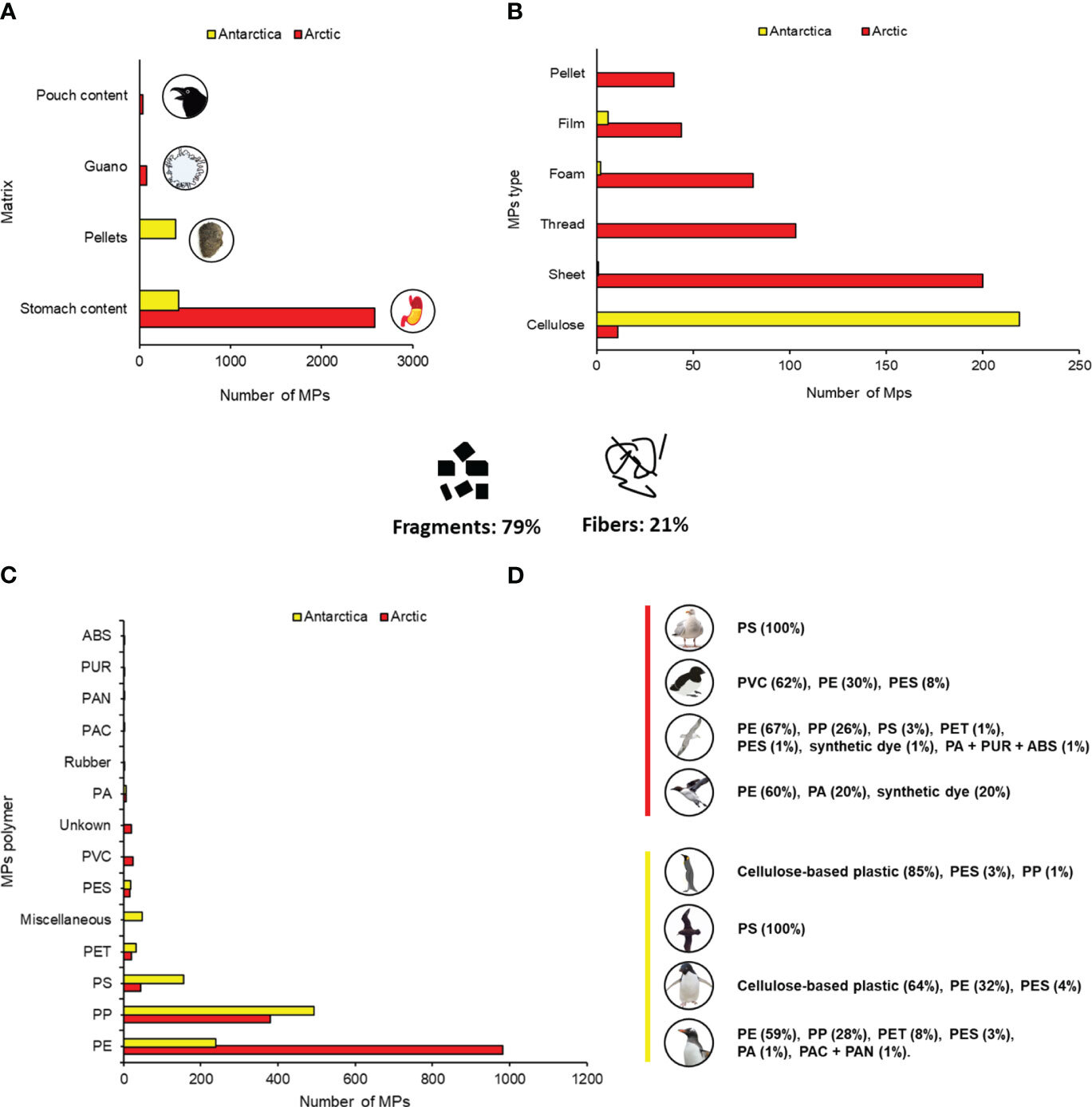
Antarctic Seabirds Facing Microplastic Crisis
In the remote and pristine regions of Antarctica and the Arctic, a concerning environmental issue has come to light. Recent research has unveiled a startling reality - a significant portion of arctic and antarctic seabirds have ingested microplastic particles, highlighting the pervasive impact of human pollution even in the most isolated corners of the globe.
 Image for illustrative purposes
Image for illustrative purposes
The Study Findings
A comprehensive review of seabird studies spanning over 40 years has revealed a troubling trend. More than 90% of the Arctic and Antarctic seabirds examined were found to have consumed or attempted to consume microplastics. These tiny plastic particles, measuring less than 5 millimeters, pose a significant threat to the delicate ecosystems of these regions.
Implications for Seabirds
The impact of microplastic pollution on seabirds is profound. Studies focused on four Arctic seabird species and nine Antarctic species, including penguins and petrels, found over 1,100 samples containing microplastics. The most common sample types were pellets, stomach contents, and bird excrement, shedding light on the extent of contamination in these avian populations.
Varieties of Microplastics
Plastic fragments dominated the microplastic composition, comprising 79% of the particles, while fibers made up the remaining 21%. The presence of cellulose-based plastic, sheet plastic, and various polymer types like polystyrene and polypropylene underscores the diverse sources of contamination affecting seabirds.
Call for Action
As the scientific community intensifies its focus on microplastic pollution, researchers emphasize the critical role of seabirds as indicators of environmental health. Monitoring seabirds for microplastic ingestion can provide valuable insights into the broader impact on marine and terrestrial ecosystems, urging the need for enhanced protection measures.
Conclusion
The alarming prevalence of microplastic ingestion among Antarctic seabirds serves as a stark reminder of the far-reaching consequences of human-induced pollution. By recognizing the significance of these findings, we can take steps towards safeguarding our fragile ecosystems and preserving the biodiversity of our planet.
Stay informed with more environmental news by subscribing to Technology Networks.











